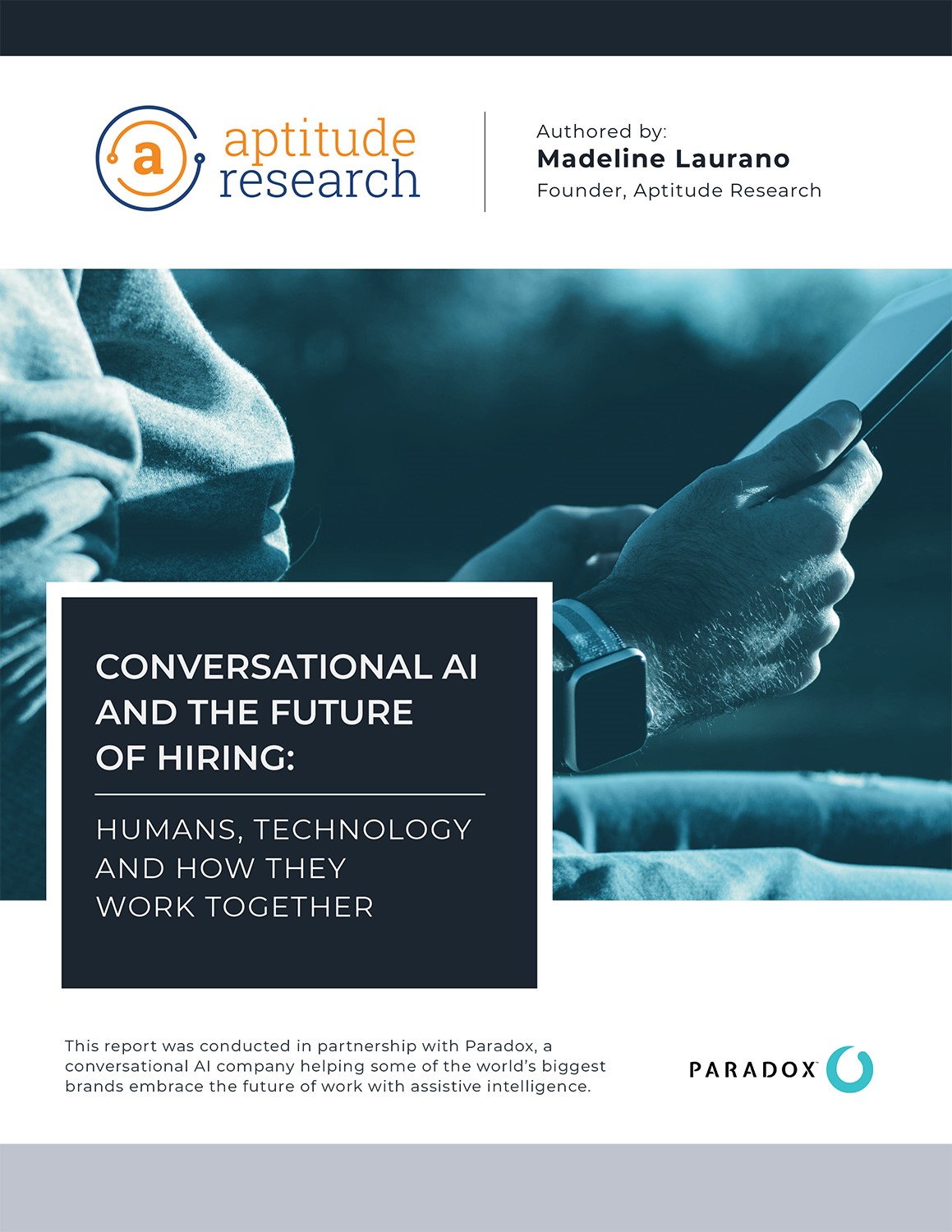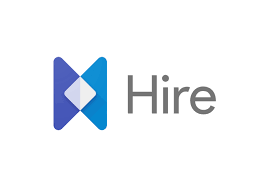This year’s HR Technology Conference did not disappoint.
Last week’s event brought new energy and meaning to an industry that had been disconnected for far too long. In many ways, the conference was a reset and an opportunity for anyone building, buying, or investing in tech to reconnect with people, rethink priorities, and reevaluate solutions.
With startups at center stage in the Pitchfest, and traditional providers reinventing their brands and products, the landscape has completely changed in two years. After reflecting on the past week, a few themes stood out to me – most notably the focus on Women in Tech. The pre-event was standing room only, the Pitchfest had equal representation, and women CEOs and product leaders led many AI innovations. This industry has come a long way.
Below are my thoughts on some major themes and key providers influencing this year’s event.
Skills
The discussion around skills dominated this year’s event. We found that companies that invest in skills development are twice as likely to improve retention and 28% more likely to improve DEI initiatives. Skills are the future of HRTech.
But, not all skills-based providers are created the same. The skills conversation is not a marketing message or an overnight decision. Instead, it is a commitment and an investment by a provider to transform how companies recruit, engage, and retain talent. Unfortunately, some providers misusing terms like talent marketplace and talent intelligence has created confusion around a topic that desperately needs more focus and attention.
Below are a few providers I met with that are leading the way in skills:
- Beamery: Beamery has unveiled its Universal Skills Platform as a foundational layer to its solutions. Its acquisition of Flux helped to strengthen its skills approach around internal mobility and the ability to connect the right talent to the right opportunities.
- Eightfold: All eyes were on Eightfold again this year. Its skills-based approach and deep learning AI allow companies to understand talent’s full potential better. Eightfold has over 1B profiles and 1M skills, making it one of the largest skills-based providers in HR tech.
- Reejig: Reejig is a skills-based platform designed for every type of talent. It has a complete skills ontology that aligns with a company’s job architecture and includes a consumer-grade nudge engine.
- Workday: Workday made a major announcement last week by allowing companies to bring skills data in and out of Workday. With technology designed in collaboration with customers and partnerships, including Aon, Degreed, and SkyHive, the Workday skills ecosystem helps organizations import relevant skills data from third-party systems.
Hiring Platforms (Interview and Assessments)
Over the past year, one trend that has emerged is the increased investment in hiring experience platforms (interviewing and assessment). This category has exploded over the past few years- partly because of the push for remote work and the need to reduce bias and improve decision-making. Companies spend millions of dollars on recruitment marketing and EVP strategies and often neglect interviews. Our latest interview study found that 1 in 2 companies lost quality talent due to poor interview processes.
Below are a few providers that I met with this year include:
- Criteria Corp: I was surprised and impressed with Criteria Corp. Founded over 15 years ago; it has grown to over 4500 customers with offices in North America and Australia. It provides pre-hire assessments early in the process and structured interview capabilities. It has made several acquisitions over the past few years and is definitely worth watching for anyone interested in this space.
- Indeed: Indeed was another surprise this year. As one of the largest providers in TA tech, their enterprise solutions include over 200 assessments, including video job simulations.
- HireVue: HireVue provides an OnDemand Video Interviewing (VI) platform, structured interviewing solutions powered by text (Builder), technical and game-based assessments, HireVue Hiring Assistant, and complex scheduling capabilities.
- Modern Hire: Modern Hire has over 15 million candidates and enables over 1 million hires in over 20 languages in 200 countries and territories. Modern Hire combines assessments, interview technology, advanced analytics, and artificial intelligence into one solution.
- Pillar: Pillar is an interview platform that enables companies to reduce bias in the interview process and improve efficiency through structured interviews, analytics, and coaching.
- Sapia: Sapia combines science with experience in a smart interview platform that includes chat interviews, video interviews, analytics, and assessments. It helps companies improve the candidate experience, quality of hire, and decision-making.
- TaTio: TaTio (formerly Skillset) is a job simulator that matches candidates to the right opportunities. It was one of the providers in this year’s Pitchfest, and it includes an AI-based job simulator that enables candidates to try out the core tasks of a specific position before they apply for a job.
Also, providers like CrossChq and Searchlight had a large presence at the event. While they do not provide interviewing solutions, their combination of reference checking and predictive analytics improves decision-making and quality of hire.
DEI
One area of HR Tech that I was most disappointed in was DEI. Every provider seems to use DEI as a marketing tagline, yet few offer real capabilities or solutions. Some others have even moved on from DEI to adopt the latest trend. DEI was a key driver in technology decisions two years ago. Today, companies identified efficiency, quality, and experience over reducing bias. However, companies should not sacrifice reducing bias. The right technology can solve multiple outcomes, but companies must be careful when evaluating providers.
Two providers that I will highlight are Textio and iShield. Both use AI to identify language that may be exclusive or filled with bias. In addition, Textio launched a performance management solution last week, and iShield (another Pitchfest contender) integrates with Slack and Teams.
Employee Experience
Companies today must rethink their approach to talent and humanize work. They must focus on the individual, build more meaningful relationships, and provide an experience rooted in inclusivity, humanity, dignity, and trust. This area of HR Technology has grown significantly over the past few years, and we found that 64% of companies are increasing their investment in experience solutions.
A few providers that I met with include:
- Click Boarding: Employee experience begins with onboarding. we found that 86% of new hires make their decision to stay in the first 90 days. Click Boarding is an employee experience platform providing onboarding solutions that impact employee growth and retention.
- Guild: Guild is a women-owned career opportunity platform. It is designed to provide every employee access to learning and career growth and streamline the cumbersome administration of education benefits. Learners have access to over 2,000 programs that Guild curated from various learning providers, and 70% of its learners are the first people to seek higher education opportunities in their families.
- Paradox: Paradox is a conversational AI provider expanding from talent acquisition to employee experience. Its solution better engages talent with 24/7 response times and personalization. Companies use Paradox for many use cases in the employee experience, including onboarding and internal mobility.
- Phenom: Phenom fits into several of the categories listed above. It made several announcements last week, including an HRIS platform. Its talent experience platform supports candidates, employees, recruiters, HR, and managers with a broad suite of solutions and an intelligence and integration layer.
- Spotlyfe: The winner of the Pitchfest, Spotlyfe is a people-first platform that allows employees to work smarter and live better lives. It includes intentions, gratitude, and analytics.
- TeamSense: TeamSense was part of the Pitchfest and offered a text-based solution for front-line workers to improve communication and provide better engagement through channels that are more accessible.
Recruitment Marketing
It is designed to improve the front-end of the recruiting process and tackles most of what the ATS doesn’t do…engaging with individuals before they apply for a job. The most critical capabilities in these systems include career sites, CRM, analytics, apply, job distribution, talent networks, candidate communication, events management, internal mobility, automated scheduling, and employee referrals. These systems have matured over the past few years with intelligent workflows, personalized content driven by AI, omnichannel communication, and more automation.
Below are a few providers I met with last week:
- Built-In: Built-In connects tech talent to the right technology companies. Its content and community give tech professionals insights into hiring companies nationwide.
- Candidate ID (an iCIMS company): Candidate.ID brings marketing automation to talent pipelining and recruiting ‘in-demand’ talent. It supports enterprise organizations by engaging, nurturing, and converting ready-now talent through use cases that include alums, internal hires, contingent workers, diversity hires, early-career hires, and referrals.
- GR8 People: Gr8 People is a global technology platform that supports end-to-end talent acquisition and helps companies source, attract, engage and hire every workforce type in one experience. Built with automated workflows, it provides personalized experiences for every user.
- Symphony Talent: Symphony Talent is a recruitment marketing platform and an employer brand partner. It offers technology solutions that include CRM, programmatic advertising, career sites, assessments, and analytics. Its’ service offerings help companies with EVP strategy, career site design, and content marketing.
Big thanks to everyone who made this conference a success! See you next year!









